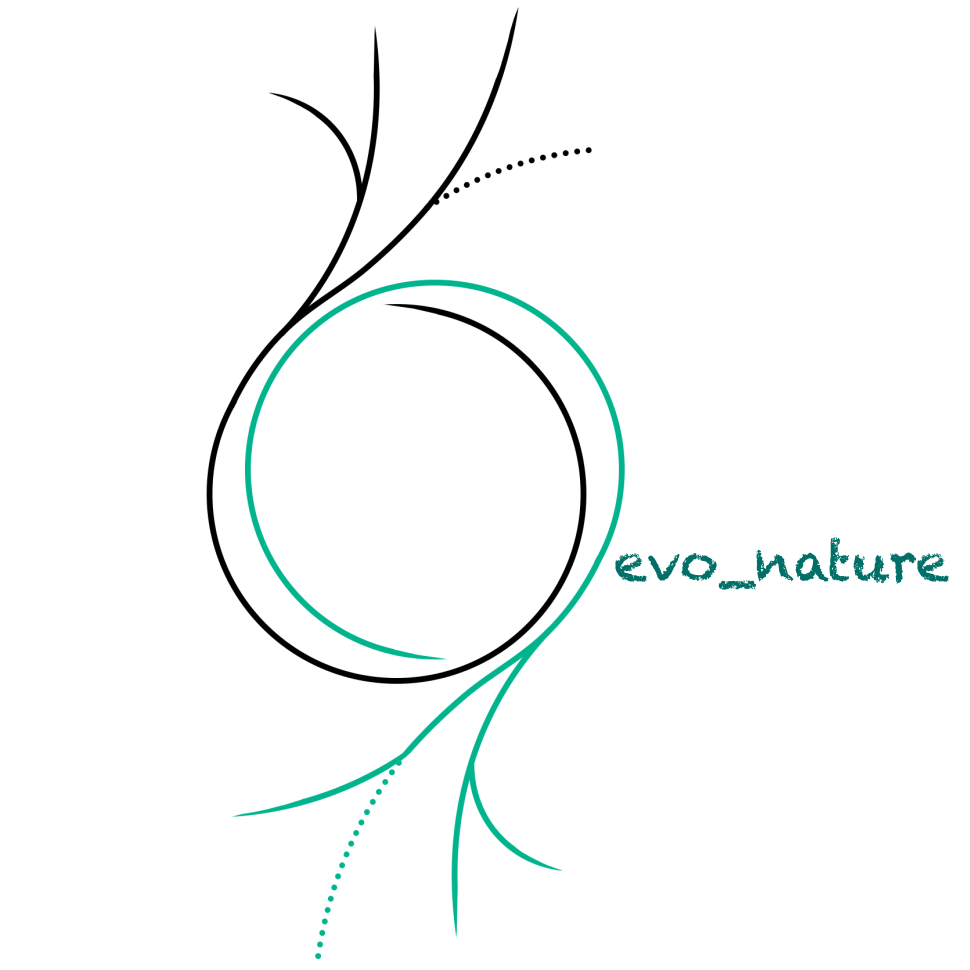| Nature’s ecosystems are rife with coevolution relationships. Herbivore populations drop as their predators increase, and this ends up decreasing predator populations as well, since they are forced to compete for a limited food supply; this decrease in predators gives herbivore populations the opportunity to thrive again, which in turn causes predators to multiply, as their food supply becomes abundant once again. It is an almost regular alternation of “fat” and “thin” cows, which maintains the equilibrium. Similar fluctuation cycles exist between plants and herbivores, biomass producers and decomposers, hosts and parasites. The denser and more flexible the relationship network is, the more robust the ecosystem becomes, meaning that the species inhabiting it have a better potential for reproductive endurance. Unchecked urbanization and its consequences, deforestation, pollution, and environmental encumbrance render these coevolution relationships far more brittle, often leading to mass extinction of populations and species, as well as impoverishment of ecosystems. The circles flowing parallel to one another and ending in counterpoised branches symbolize a pair of species in coevolution, with some populations surviving and some becoming extinct (the dotted lines). This visualization is based on the idea that species interdependent for their survival must “compete” in a constant race to maintain their coevolution relationship. This is the Red Queen hypothesis put forward by Van Valen (1973), inspired by the phrase It takes all the running you can do to keep in the same place, told by the Red Queen to Alice over a game of chess (The Red Queen’s race), in Lewis Carroll’s Through the Looking-Glass (1871). |
 |


